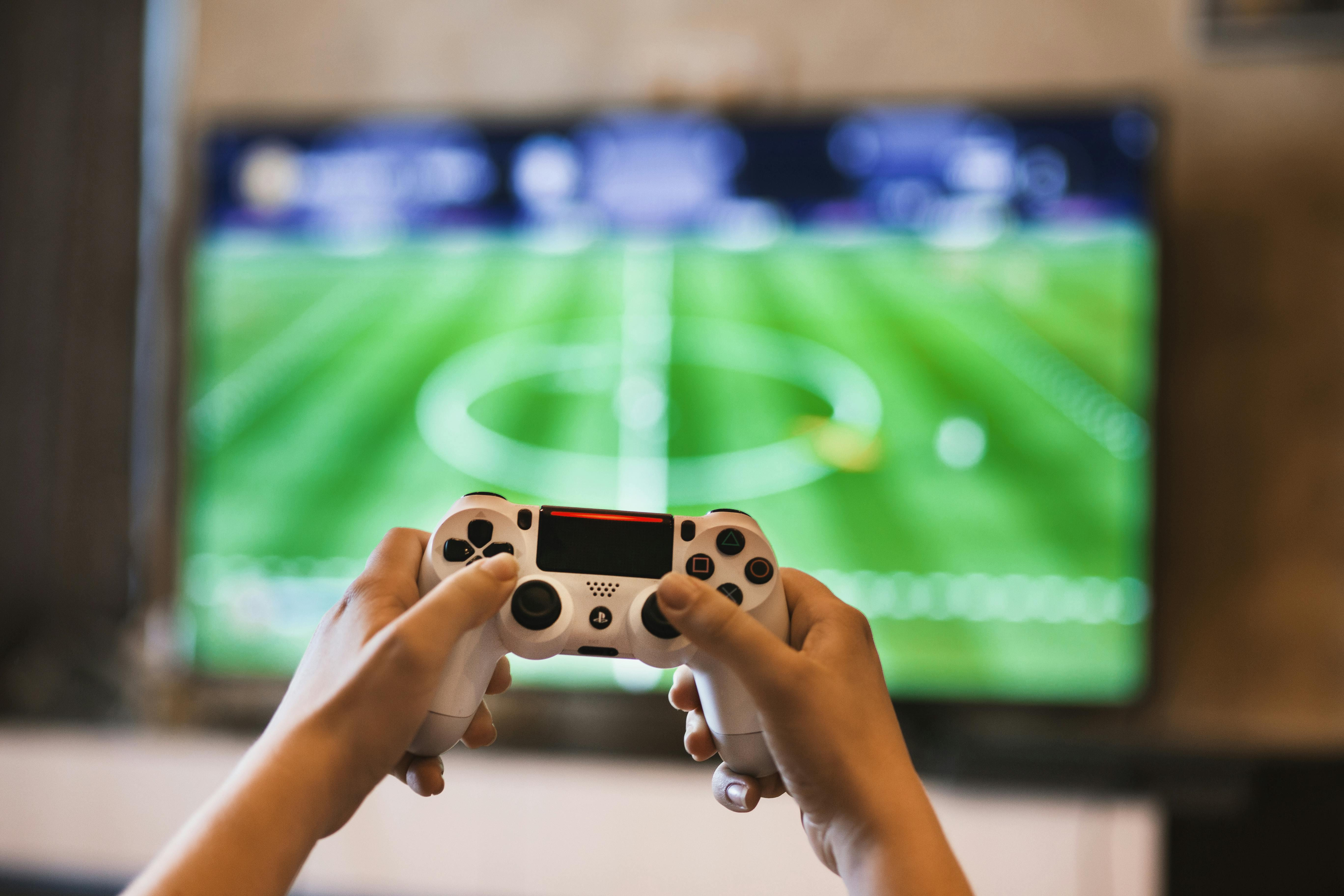Silver-Ion Antimicrobial Technology in Smart Devices

Digital devices have revolutionised our daily lives, significantly enhancing our communication, productivity, and entertainment. However, they can also harbour a surprising number of microbes, posing potential hygiene issues. In light of the increased awareness of hygiene, particularly since the COVID-19 pandemic, there is a pressing need to ensure that our digital devices remain hygienic. Silver ion antimicrobial technology emerges as a highly promising part of the solution to this challenge. This innovative technology is proven to be effective against a wide range of microbes, providing substantial enhancement to the cleanliness of these devices. By incorporating silver ion antimicrobial technology, manufacturers can offer products that meet the heightened hygiene expectations of today's consumers.
Research has shown that commonly used devices like smartphones can harbour hundreds of thousands, even millions, of bacteria. These microbes include common pathogens such as Staphylococcus aureus and E. coli (Escherichia coli)[1]. The frequent handling of these devices facilitates opportunities for microbial contamination, increasing the need for effective hygiene measures.
The COVID-19 pandemic made the public more aware of the importance of hygiene in our daily lives. Smart devices, being high-touch items, are a hotbed for microbial contamination if not properly sanitised. Traditional cleaning methods, while effective, are not always practical or sufficient for ensuring continuous hygiene, the addition of an antimicrobial offers product protection and compliments existing cleaning protocols.
Silver has long been recognised for its antimicrobial properties. Silver-ion technology leverages this natural property to inhibit microbes on a product surface. When silver-ions come into contact with bacterial cells, they disrupt vital cellular processes, leading to the destruction of the microbes.
Silver-ions exhibit antimicrobial activity through multiple mechanisms:
- Cell Membrane Disruption: Silver ions attach to the cell walls and membranes of microbes, causing structural damage and increasing permeability. This disrupts essential cellular functions and can lead to cell lysis[2].
- Enzyme Inhibition: Silver ions can bind to thiol groups in microbial enzymes, inhibiting their activity. This affects the metabolism and replication of the microbes.
- DNA Interference: Silver ions can interact with microbial DNA, preventing replication and transcription, which inhibits cell division and growth.
Silver-ion technology has been shown to be effective against a broad spectrum of pathogens, including:
- Bacteria: Effective against both Gram-positive and Gram-negative bacteria, including resistant strains such as MRSA (Methicillin-resistant Staphylococcus aureus)[2].
- Viruses: Demonstrated activity against specific viruses, reducing the time they remain on a surface, including those responsible for respiratory infections[2].
- Fungi: Inhibits the growth of fungi[2].
The Benefits for Consumers and Manufacturers
- Improved Hygiene: Silver-ion technology significantly reduces the microbial load on smart device surfaces. By inhibiting the levels of bacteria, viruses, and fungi, it helps to maintain a higher level of hygiene[3].
- Peace of Mind: Incorporating silver-ion technology into smart devices provides consumers with peace of mind. Knowing that their devices are equipped with continuous antimicrobial product protection can alleviate concerns about hygiene, particularly in public or shared spaces.
- Enhanced Brand Image: Manufacturers that integrate silver-ion technology into their devices can differentiate themselves by demonstrating a commitment to user hygiene. This can enhance brand reputation and appeal to hygiene-conscious consumers.
Applications in Smart Devices

- Smartphones and Tablets: Smartphones and tablets are high-touch devices that can benefit greatly from silver-ion technology. Integrating antimicrobial technology into the cases, screens, and accessories can provide continuous product protection against bacteria[1].
- Wearables: Wearables such as smartwatches and fitness trackers are in constant contact with the skin, making them prone to microbial contamination. Silver-ion technology can be incorporated into the bands and sensors to enhance hygiene.
- Laptops and Keyboards: Laptops and keyboards are used extensively in various environments, from offices to homes. Silver ion technology can be applied to keyboard surfaces, touchpads, and casing materials to reduce microbial load.
- Accessories: Accessories such as cases, chargers, and earphones can also harbour bacteria. Utilising silver-ion technology in these products can ensure a holistic approach to device hygiene.
- Smart Home Devices: Smart home devices, including smart speakers, thermostats, and remote controls, are frequently handled by multiple users. Incorporating antimicrobial technology into these devices can help maintain hygiene and reduce microbial contamination.
- Smart Glasses and Virtual Reality Headsets: Smart glasses and VR headsets are worn close to the face, making them susceptible to bacteria and other microbes. Applying antimicrobial technology to the frames, lenses, and touch-sensitive surfaces can help keep these devices hygienic.
- Smart Medical Devices: Smart medical devices such as glucose monitors, insulin pumps, and other wearable health monitors are in constant contact with the skin. Antimicrobial technology can help in reducing the growth of bacteria on these devices.
- Gaming Devices: Gaming consoles and controllers are high-touch gadgets used by multiple people. Integrating antimicrobial technology into these devices can help reduce microbial growth between uses.
- Smart Appliances: Smart appliances like refrigerators, ovens, and washing machines often have touchscreens and buttons. Applying antimicrobial technology to these surfaces can improve hygiene in kitchens and laundry rooms.
- E-Readers: E-readers are portable and often used in various environments. Silver-ion technology can be applied to their screens and cases to inhibit microbial growth.
As our reliance on smart devices continues to grow, so does the importance of maintaining their hygiene. Silver-ion technology offers a powerful and effective solution to combat bacteria on these devices, contributing to a more hygienic digital lifestyle. By embracing antimicrobial technology, manufacturers can create products that promote hygiene, whilst building consumer trust.
References
- Pal, P. (2017). "Microbial Contamination and Infection Risks in Mobile Phones" Journal of Microbiology and Biotechnology, 27(2), 157-167. DOI: 10.4014/jmb.1701.01015, https://journals.sagepub.com/doi/full/10.1177/1757177413475903
- Chopra, I. (2007). "The Increasing Use of Silver-based Products as Antimicrobial Agents: A Useful Development or a Cause for Concern?" Journal of Antimicrobial Chemotherapy, 59(4), 587-590. DOI: 10.1093/jac/dkm006, https://academic.oup.com/jac/article/59/4/587/677868
- Lansdown, A. B. G. (2006). "Silver in Healthcare: Its Antimicrobial Efficacy and Safety in Use" Royal Society of Chemistry. ISBN: 978-0-85404-586-2, https://api.pageplace.de/preview/DT0400.9781849731799_A26562759/preview-9781849731799_A26562759.pdf
What Next?
🔗 Follow us on Social Media, here is our LINK TREE
✉️ See how our additive technology can benefit your business by CONTACTING US
🦠 Find out more about Biomaster Antimicrobial Technology HERE
🎥 Watch our video on how Biomaster works WATCH NOW
📰 Subscribe to our Newsletter - SUBSCRIBE
← Back to blog



